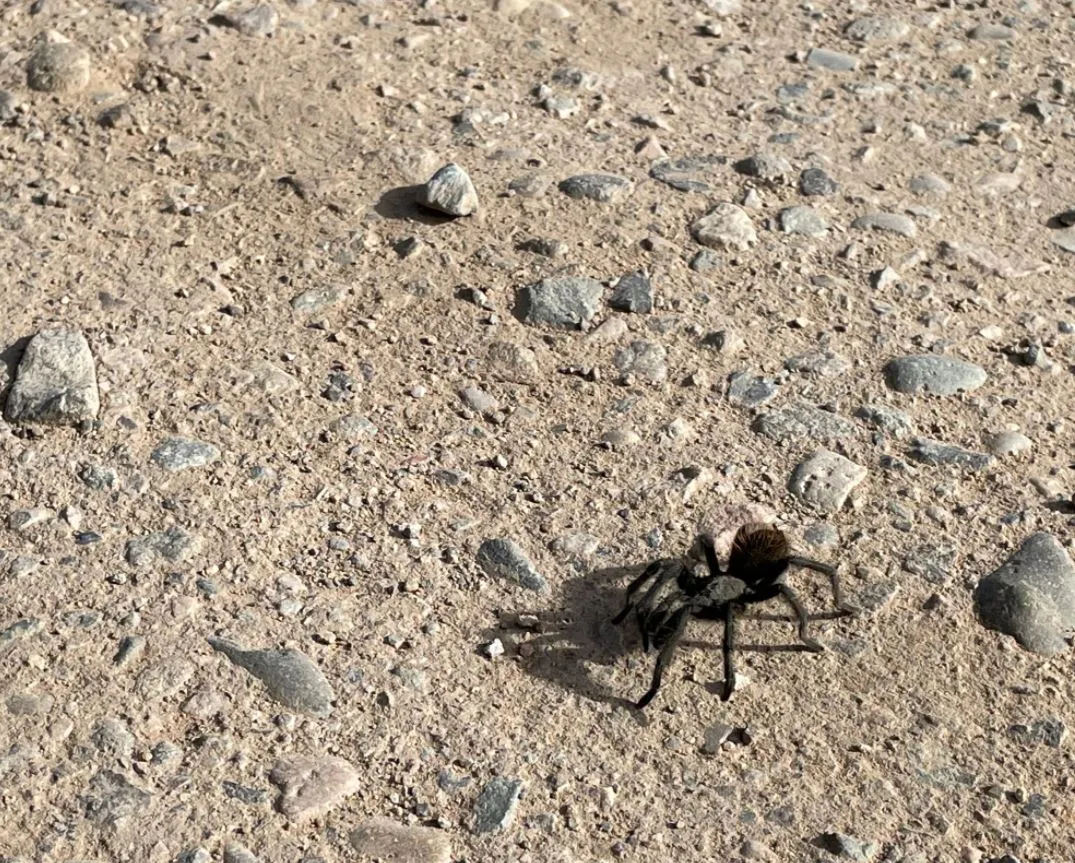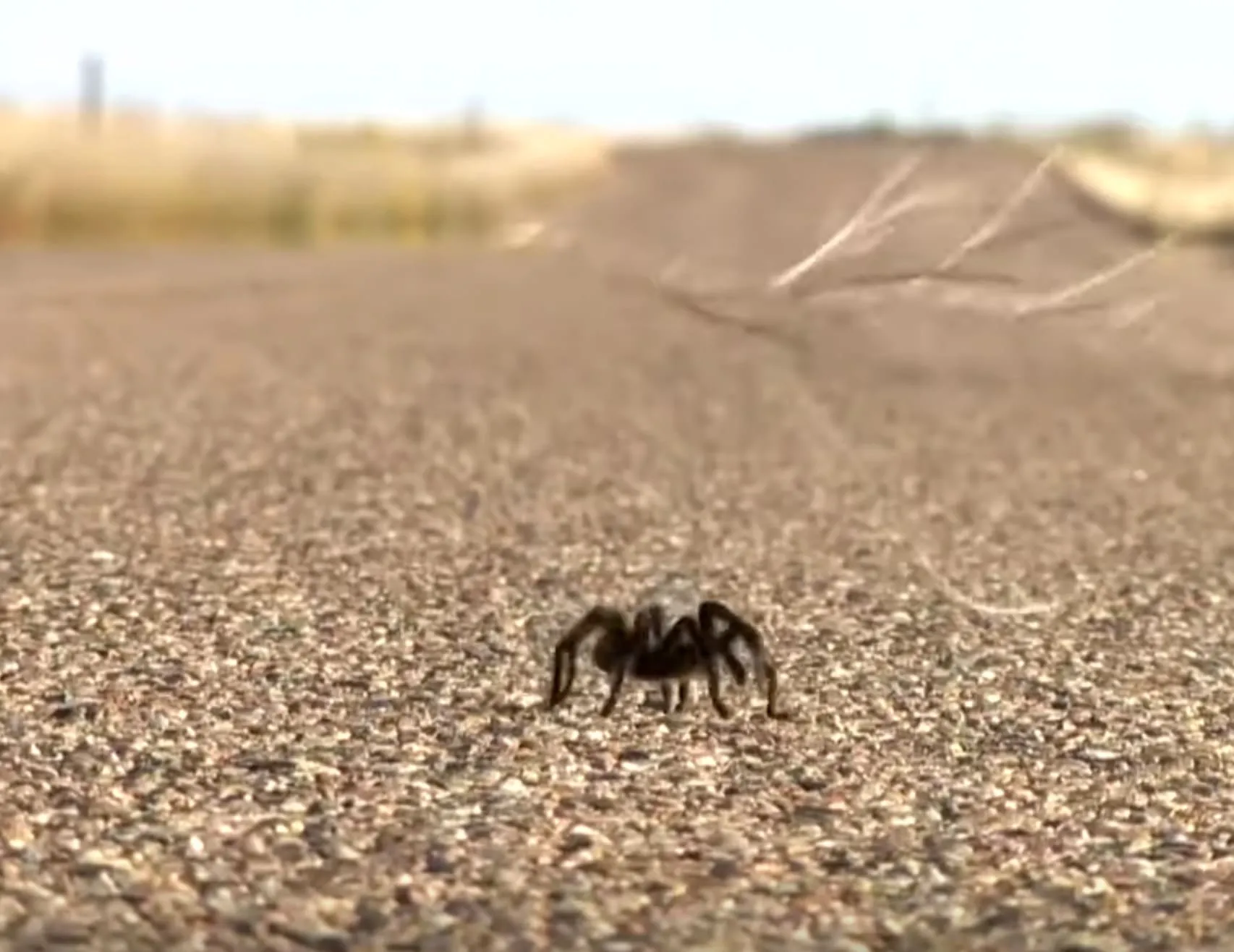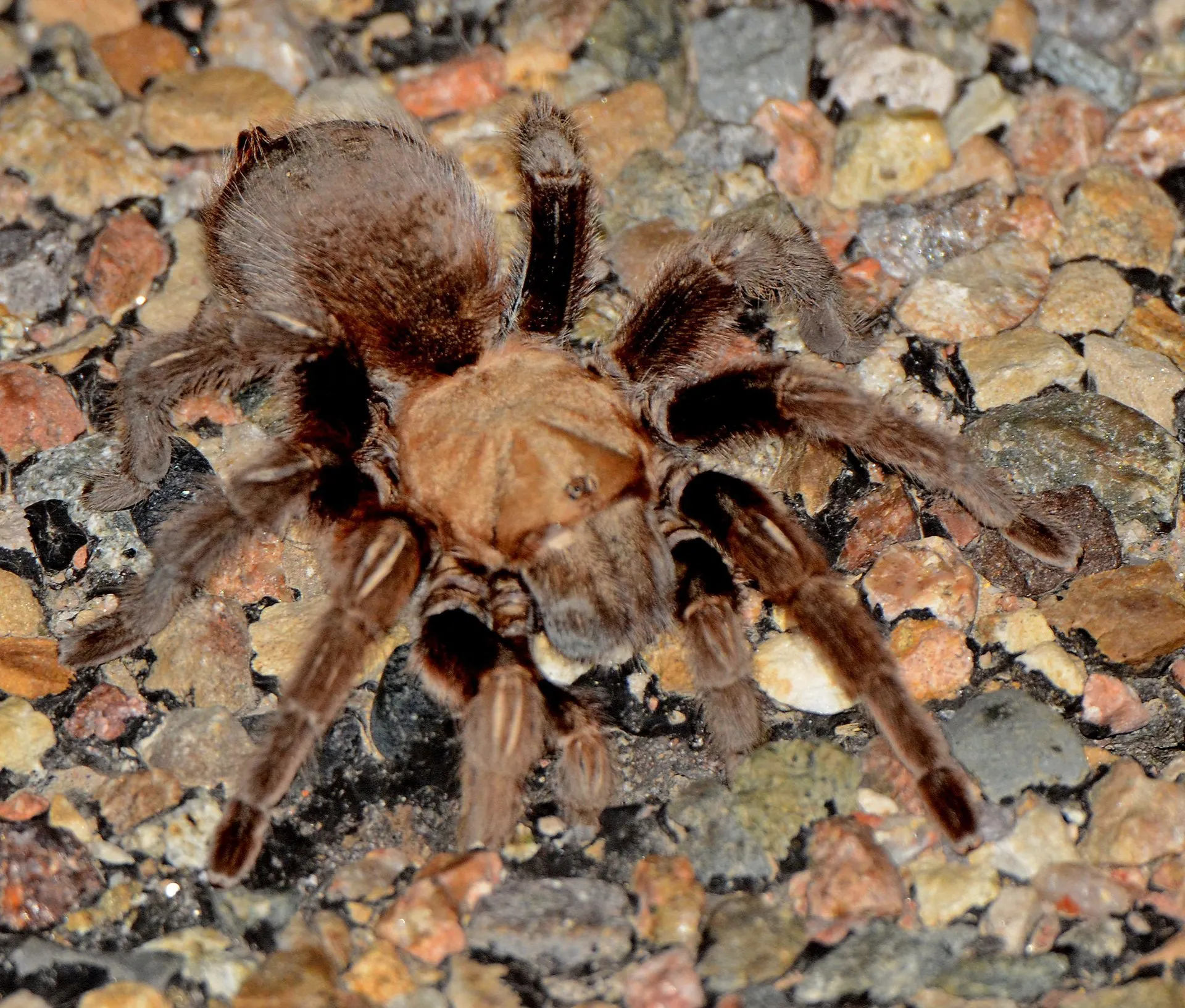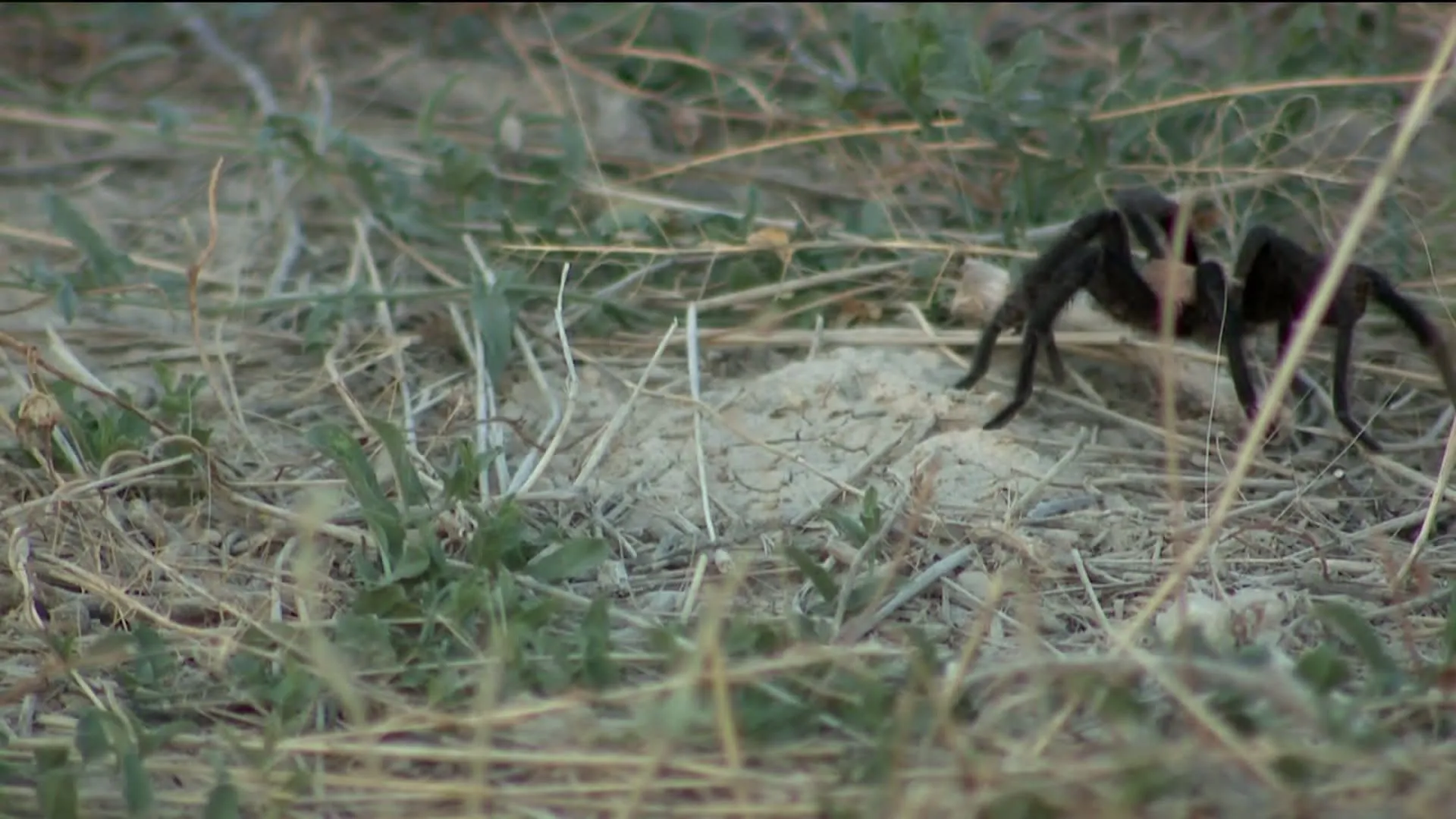When is the Colorado Tarantula Migration Season?
The Colorado tarantula migration is a captivating natural phenomenon that occurs annually, drawing nature enthusiasts and wildlife photographers to the state. Understanding the timing of this event is crucial for those eager to witness these impressive arachnids on the move. Typically, the migration season begins in late summer, with the peak activity occurring in September and October. However, the exact start and duration can vary slightly each year due to environmental factors. The migration is primarily driven by the mating season, as mature male tarantulas leave their burrows in search of females. This journey often involves traversing considerable distances, making it a remarkable spectacle to observe. Keep in mind that weather conditions, such as temperature and rainfall, can also influence the timing and intensity of the migration, so it’s essential to stay informed about local forecasts and reports from experienced observers to maximize your chances of seeing the tarantulas.
Peak Migration Time
While the migration season spans several weeks, there’s a specific period when tarantula activity is at its highest. This peak migration time is usually during the early to mid-September, but can extend into October depending on the weather and the specific location within Colorado. During this peak, you’re most likely to see large numbers of male tarantulas actively searching for mates. This is the optimal time to plan your visit if you want to witness the migration in full swing. The best viewing times within a day are often in the late afternoon and early evening, when the tarantulas are most active. Remember that the migration is a natural event, and the exact timing can vary, so it’s advisable to follow local reports and check conditions frequently if you want to be at the right place at the right time.
Factors Affecting Migration Timing

Several environmental factors play a significant role in determining the timing and intensity of the Colorado tarantula migration. Temperature is a primary driver, with warmer temperatures encouraging the tarantulas to emerge from their burrows. Rainfall can also influence the migration; moderate rainfall can stimulate activity, while extreme weather events might temporarily halt the migration. The availability of prey can also affect the tarantulas’ behavior; if food sources are scarce, the males may be more driven to seek out females to mate and ensure the survival of their offspring. Geographic location also matters. Southern Colorado tends to experience earlier migrations compared to higher-altitude or northern regions. Local microclimates can create pockets of early or late activity. Monitoring these factors can give you a better understanding of when and where to look for the tarantulas, so check weather forecasts and local reports for the best possible experience.
Where to Find Colorado Tarantulas
Colorado tarantulas are found in various locations across the state, with the best places to spot them concentrated in specific regions. The southeastern part of Colorado, particularly areas around Pueblo and the surrounding counties, are known for their high tarantula populations. These areas offer suitable habitats, including grasslands and open landscapes, which are ideal for the spiders. Other locations where you might find them include the Pawnee National Grassland and the plains near the foothills. The key is to look for areas with suitable habitat and, during the migration season, keep an eye out for the tarantulas as they traverse the landscape. Since they are ground-dwelling creatures, look at the ground and be aware of your surroundings. Be prepared to hike a bit, as the best observation sites might be some distance from easily accessible roads.
Ideal Habitats for Tarantulas
Tarantulas prefer specific habitats that provide them with the resources they need to survive. These habitats typically include open grasslands, prairies, and areas with sparse vegetation. The soil type is also crucial; tarantulas often burrow into the ground, so well-drained soil that is relatively easy to excavate is ideal. The presence of other insects and small animals is also important, as these serve as their food source. The availability of shelter is another key factor, which is why they are often found in areas with scattered rocks, burrows, or other natural features. It is within these areas that they can build their homes and lie in wait for their prey. When planning your tarantula-watching trip, focusing on these habitat features can greatly improve your chances of spotting them during the migration season.
Best Locations to Observe Migration

Several locations in Colorado are particularly well-suited for observing the tarantula migration. The areas around Pueblo and the surrounding counties, such as Fremont County, are known for their reliable migration events. The Comanche National Grassland offers vast open spaces and is a popular spot for viewing tarantulas. When exploring these areas, be mindful of the terrain and take appropriate safety precautions. You can find numerous online resources, including local wildlife guides and forums, which provide up-to-date information about sightings and the best spots to visit. Remember to respect private property and any posted restrictions. Always practice responsible wildlife viewing and avoid disturbing the tarantulas or their habitat.
What to Expect During the Migration
Witnessing the Colorado tarantula migration is an unforgettable experience. During this time, you can expect to see male tarantulas actively moving across the landscape, often in search of mates. Their movements can vary; you might observe them walking purposefully, or even crossing roads and trails. The sight of these large arachnids, which can have a leg span of up to five inches, is impressive. Be prepared to be patient, as the migration can be a slow process, and the tarantulas may not always be readily visible. It is crucial to maintain a safe distance from the tarantulas. They are not typically aggressive, but they can bite if they feel threatened. A bite from a tarantula can be painful, so caution is advised. Always remember to respect the natural behavior of the tarantulas and avoid any actions that could cause them stress or harm.
Tarantula Behavior During Migration
During the migration, male tarantulas exhibit distinctive behaviors driven by their search for mates. They primarily move during the late afternoon and early evening, often covering considerable distances. Their primary objective is to find receptive females, which reside in burrows. The males use their senses to detect pheromones released by the females, guiding them towards potential mates. They may engage in courtship rituals, which can involve drumming their pedipalps (small appendages near their mouths) on the ground or displaying their fangs. The tarantulas are focused on reproduction during this period, and their behavior can be influenced by environmental factors such as temperature and wind. Observing these behaviors offers a unique glimpse into the life cycle of tarantulas and the importance of mating in their survival.
How to Safely Observe Tarantulas

When observing tarantulas during their migration, safety should be your top priority. Maintain a respectful distance from the tarantulas; do not try to handle or approach them closely. Wear appropriate clothing, including sturdy shoes and long pants, to protect yourself from potential bites or contact with other hazards. Be aware of your surroundings, and watch for other wildlife, such as snakes. Carry water and snacks to stay hydrated and energized, and bring a first-aid kit in case of minor injuries. If you are driving, be cautious of tarantulas crossing the roads, and do not intentionally try to run them over. Use binoculars or a camera with a zoom lens to observe the tarantulas from a safe distance, allowing you to appreciate their behavior without putting yourself or the tarantulas at risk. Always follow Leave No Trace principles to minimize your impact on the environment.
Respecting Tarantulas and Their Habitat
Responsible wildlife viewing is crucial during the Colorado tarantula migration to ensure that these fascinating creatures and their habitat remain protected. Avoid disturbing or harassing the tarantulas in any way. Do not try to pick them up, handle them, or attempt to move them. Stay on marked trails and avoid trampling vegetation, as this can damage their habitat and disrupt the delicate ecosystem. Dispose of trash properly and leave no trace of your visit. Support local conservation efforts aimed at protecting tarantula habitats and promoting responsible tourism. By respecting the tarantulas and their environment, you can contribute to the continued enjoyment and preservation of this unique natural phenomenon for future generations. Educate yourself and others about the importance of tarantula conservation and the role they play in the ecosystem.
